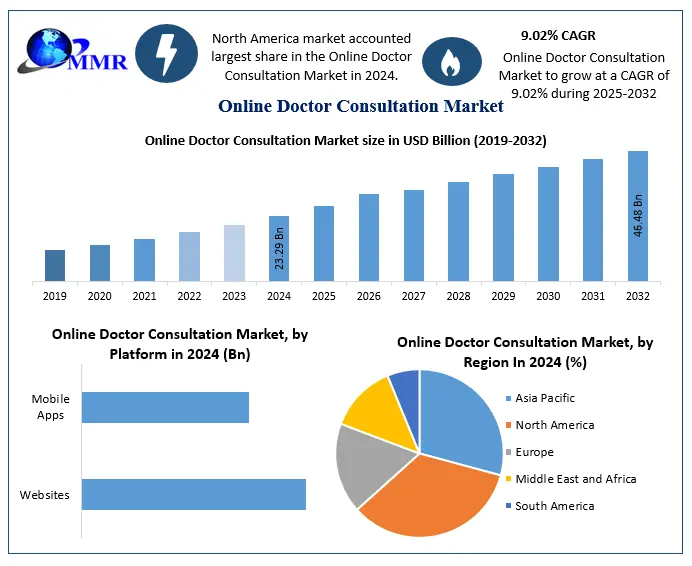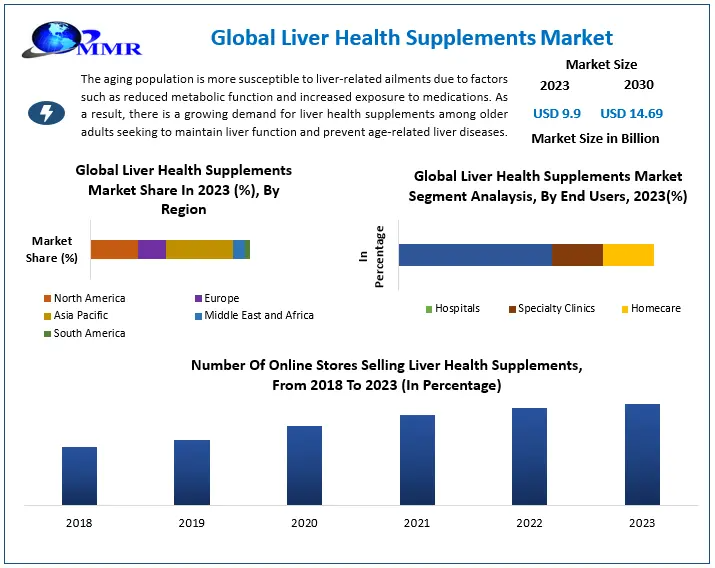Palliative Care Market Set to Surge from USD 15.46 Billion in 2024 to USD 29.51 Billion by 2032
The Palliative Care Market is projected to witness robust expansion over the coming decade, driven by accelerating demand for quality-of-life care for patients with serious illnesses. Valued at USD 15.46 billion in 2024, the market is forecast to grow at a compound annual growth rate (CAGR) of 8.42% between 2025 and 2032, reaching approximately USD 29.51 billion by 2032 .
Market Estimation & Definition
Palliative care is a multidisciplinary approach aimed at enhancing the quality of life for patients and families facing life-threatening illnesses. This includes physical, emotional, spiritual, and psychosocial support, employed early alongside curative treatments .
-
Market Size (2024): USD 15.46 Billion
-
Forecast (2032): USD 29.51 Billion
-
CAGR (2025–2032): 8.42%
This high growth is fueled by an aging global population, rising prevalence of chronic diseases, and integration of palliative care into both hospital and home settings. The gap between those who need palliative care and those who receive it—78% need it, but only 14% receive it—presents a compelling opportunity .
Market Growth Drivers & Opportunities
a) Aging Population & Chronic Illness
Rising instances of cancer, organ failure, Alzheimer’s, and respiratory conditions are driving demand. About 40 million individuals globally require such care annually .
b) Policy & Reimbursement Trends
North America leads, backed by supportive reimbursement frameworks and standardized care models. The U.S. Medicare Care Choices Model, for instance, cut per-person spending by 13% and increased hospice adoption by 83% .
c) Technological Innovation
Telemedicine, virtual palliative consultations, remote monitoring, and AI-driven symptom management are making care more accessible and scalable .
d) Growing Awareness
Professional societies, NGOs, and hospice advocacy are boosting awareness, early referral practices, and non-medicinal support. For example, North America sees near-universal Hospice and palliative integration .
e) Home & Virtual Care Expansion
Home-based and telehealth services are increasingly preferred—they accounted for over half of palliative care in 2024 .
Combined, these factors create a dynamic and growing market landscape.
Segmentation Analysis
According to the Maximize Market Research report, the palliative care market is segmented as follows :
By Type
-
Private residence care: Services delivered at home, offering comfort and family support.
-
Hospice inpatient care: Hospital-based units for intensive symptom management.
-
Nursing home care: Addressing chronic conditions in long-term facilities.
-
Residential facility centers: Group homes specializing in palliative needs.
-
Others: Including multidisciplinary outpatient clinics and hybrid models.
By Application
-
Cancer: Leading the market with a 42% share in 2024.
-
Congestive Heart Failure (CHF)
-
Chronic Obstructive Pulmonary Disease (COPD)
-
Kidney Failure
-
Alzheimer’s Disease
-
Amyotrophic Lateral Sclerosis (ALS)
Cancer remains dominant due to high symptom burden and treatment duration.
By End‑User
-
Hospitals: Core delivery setting with trained specialists.
-
Home care settings: Rapidly growing due to preference and cost-effectiveness.
-
Palliative care centers: Standalone facilities with specialized teams.
-
Long‑term care & Rehabilitation centers: Serving chronic or recovery-phase patients.
This segmentation highlights the market’s diversity and cross-cutting reach across conditions, settings, and provider types.
Get a Sample PDF Brochure: https://www.maximizemarketresearch.com/request-sample/65300/
Country-Level Analysis
United States (U.S.)
The U.S. palliative care market is estimated at roughly USD 36.5 billion in 2024, with continued high growth expected .
Key Drivers:
-
Mature hospice-palliative ecosystem with Medicare coverage.
-
Integration of care into hospitals, clinics, and home health agencies.
-
Rapid telehealth adoption, especially post‑COVID.
-
Patient-centered policy initiatives enhancing early access.
Opportunities:
-
Expanding palliative services in underserved rural regions via telemedicine.
-
Addressing disparities—racial and socioeconomic—to improve uptake and outcomes.
-
Continued innovation in care and workflow with AI tools.
Germany
Germany boasts a well-established palliative infrastructure:
-
~340 hospital palliative units, around 260 adult hospices, 19 pediatric hospices, 1,500 outpatient services, and 367 specialized outpatient teams (SAPV) .
-
The aging population and integrated legislation (e.g., palliative insurance coverage) are key growth drivers .
-
Professional bodies such as the German Society for Palliative Medicine (DGP) and the national hospice association help standardize quality.
-
Government reimbursement, structured training, and societal acceptance position Germany for continued moderate growth.
Commutator (Competitor) Analysis
“Commutator analysis” appears to refer to a competitive overview. Notable global and regional players include:
-
Skilled Healthcare Group Inc. (USA): Provides home-based skilled nursing, including palliative services .
-
Vitas Healthcare Corporation (USA): A hospice leader with extensive home and facility-based services .
-
Kindred Healthcare Inc. (includes Gentiva): Offers long-term acute care, hospice, home health, and palliative offerings .
-
Gentiva Health Services Inc.: Specializes in home health and hospice, with palliative expertise .
Other significant players shaping the field:
-
Chemed Corporation (parent of Vitas).
-
Amedisys Inc., Genesis HealthCare, Home Instead Inc., UCLA Health – offering complementary or adjacent hospice/palliative models in the U.S. .
Regional or specialized providers strengthen national markets – for instance, Germany’s DGP‑certified clinics or India’s NGO-led programs (e.g., Pallium India). Competitive differentiation emerges in service scope, care setting, tech integration, and training.
Conclusion
The global palliative care market is positioned for substantial expansion—doubling in size by 2032. Robust demand is rooted in demographic shifts, chronic-disease prevalence, and evolving healthcare models. Technological advances and policy support are unlocking new delivery paradigms, while sizable underserved populations represent major opportunities.
Country-specific insights reveal:
-
The U.S. leads with advanced reimbursement, integrated care, and innovation.
-
Germany benefits from mature infrastructure, legal support, and quality frameworks.
Existing providers—from multinational home health corporations to NGO-based local services—will drive forward both scale and holistic care.



